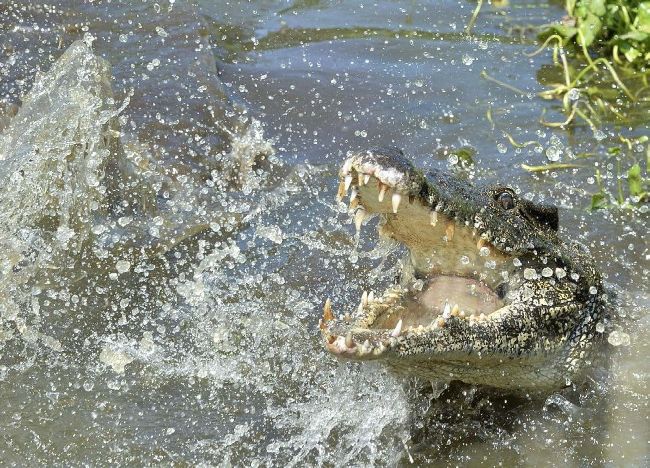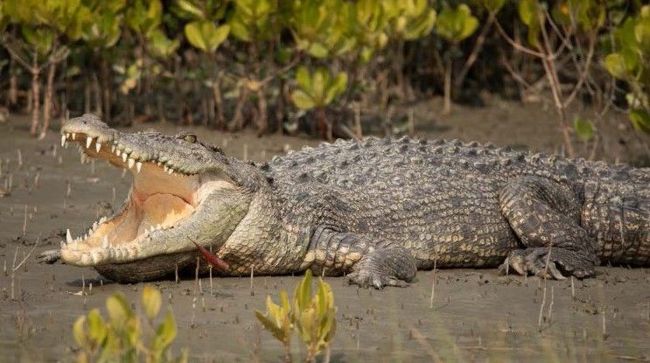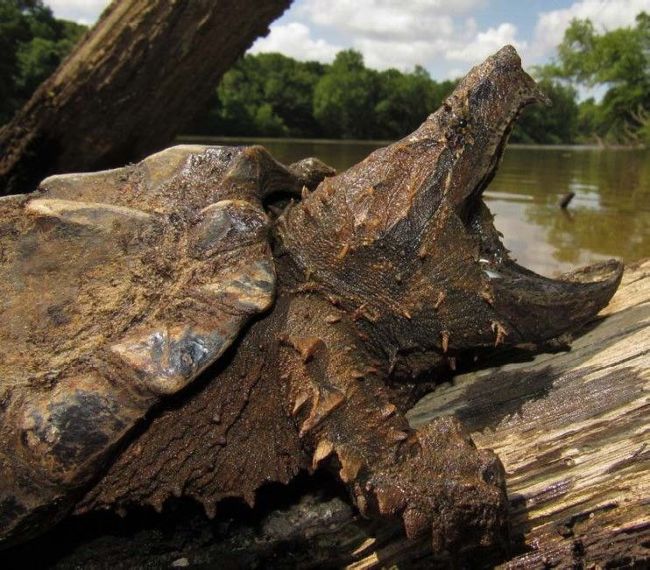Out of Africa Make it snappy!
Paul Donovan investigates the biting power of crocodilians and turtles, and what this is revealing, based on recent scientific studies. Be prepared for some unexpected outcomes!

Photo courtesy Sergey Uryadnikov/
www.shutterstock.com When it comes to determining which group of creatures bite the hardest, much debate has taken place amongst the scientific community over the years. Is it sharks? Or crocodilians? Having been in charge of various large crocodiles over the years, I have witnessed the power in their jaws at first-hand.
Here in Botswana, I watched in awe as the world's strongest man was pulled over while attempting to get a reading on the bite force of Nile crocodile (Crocodylus niloticus) that I looked after. This crocodile was only 2m (6.6ft) long - a small example given that members of this species have been known to reach 6.1m (20ft). But having never worked in any way with great white sharks (Carcharodon carcharias), this was a subject that I needed to research, in order to come up with a definitive answer.
Finding the winner!
Surprisingly, however, the situation is far from clearcut, as there is so much conflicting information. I therefore resorted to hours of scouring the scientific literature. Even here, though, the answer is not easy to find, not least because some researchers measured bite force in newton metres, some used pounds per square inch, while others resorted to pounds per foot, or metric tons. Anyway, I chose a common unit to clarify things - pounds per square inch (psi) - and after a lot of converting, this is what I came up with.

The saltwater crocodile has the most powerful bite of any crocodilian.
Photo courtesy sushi kumudini chikane/www.
shutterstock.com The outcome was surprisingly close, with the great white shark emerging just on top with a bite equivalent to 4000psi, while the saltwater crocodile (Crocodylus porosus) came in at 3700psi. But I was also interested in how this compared with turtles, which have no teeth in their jaws, and yet may be predatory in their feeding habits.

The alligator snapping turtle, which occurs in south-eastern parts of the USA, does not have the most powerful bite amongst chelonians, contrary to popular belief, although it can do the most damage.
Photo courtesy Gabbie Berry/
www.shutterstock.com Turtles and us
Well, the results here were very interesting too. The alligator snapping turtle (Macrochelys temminckii) had a bite force of around 35.5psi, with the common snapping turtle (Chelydra serpentina) at 46psi, while the common toad-headed turtle (Mesoclemmys (Phrynops) nasutus) found down in South America, measured 97psi.